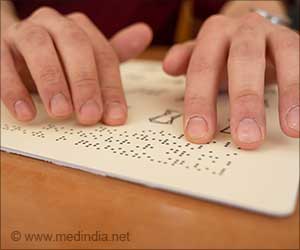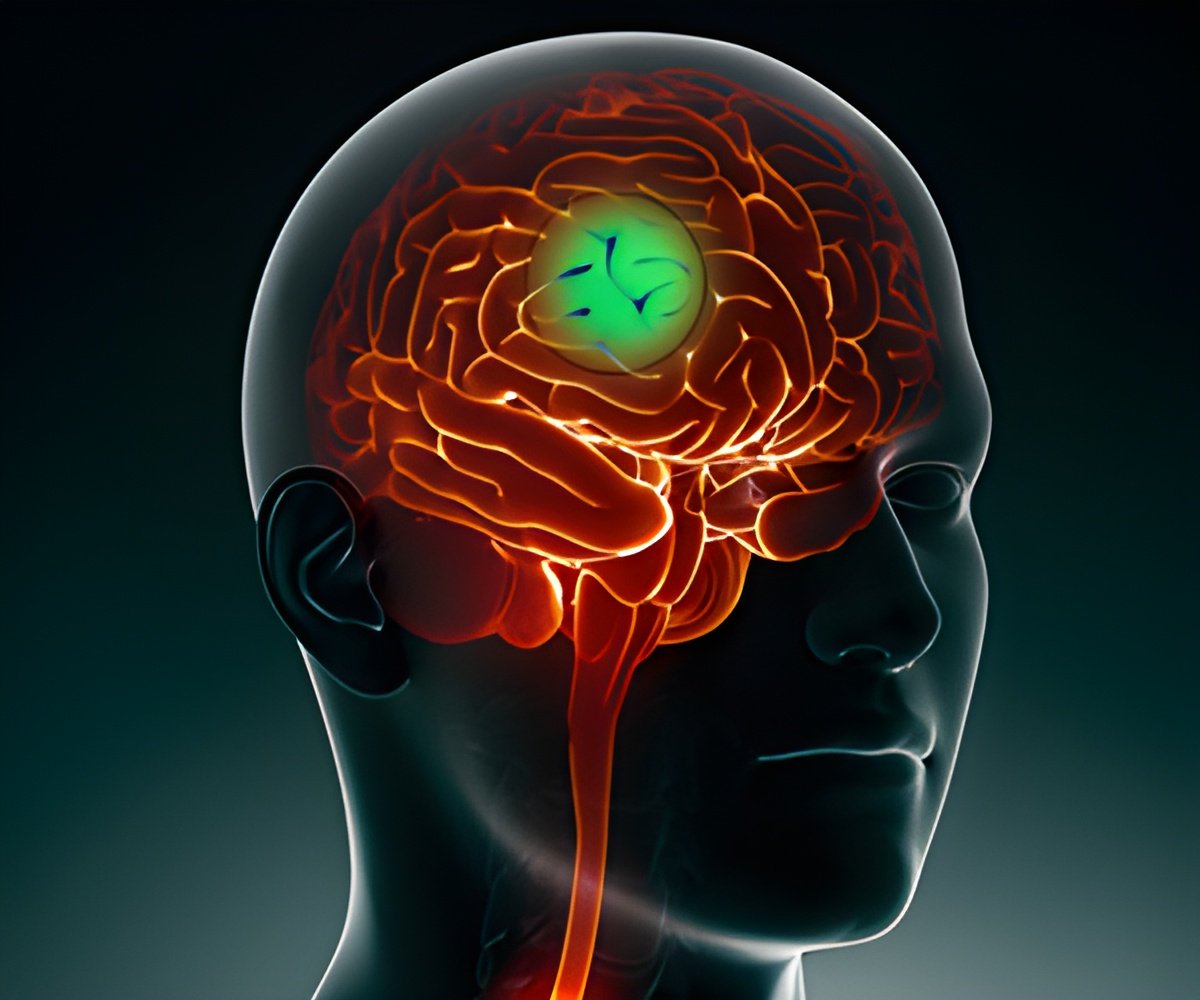-
The Braille-tip pen translates Braille into English with high accuracy - Uses a real-time algorithm for immediate translation without extensive training
- Ongoing enhancements and user testing to maximize effectiveness and accuracy
In a world often designed for those with sight, the visually impaired have faced countless challenges. But a recent breakthrough promises to revolutionize their experience with the Braille-Tip Pen. Braille plays a crucial role in enabling blind and visually impaired individuals to access written information independently (1✔ ✔Trusted Source
Braille-tip: Structured Small-Footprint Tactile Sensor for High Acuity Dynamic Tactile Tasks
).
By using a system of raised dots to represent letters and numbers, Braille allows users to read and write through touch. This tactile form of communication empowers individuals to engage with books, signs, and documents, fostering greater inclusion and access to education, employment, and daily activities. Braille not only supports literacy but also enhances autonomy, helping blind individuals navigate the world with greater confidence and ease.
Advertisement
New Pen Device Translates Braille to English Text
Recent innovations from the University of Bristol have unveiled a revolutionary pen-like device known as the Braille-tip, designed to translate Braille into English text. This development comes at a critical time when the demand for Braille literacy among visually impaired individuals is high, yet literacy rates are on the decline. This trend is often linked to the limited availability of learning resources, particularly in rural areas and regions outside major urban centers.
The Braille-tip is a compact handheld device featuring a sophisticated sensor system. At just one centimeter in size, the sensor is equipped with 19 channels specifically programmed to interpret Braille. Initial trials have demonstrated impressive accuracy, highlighting the device’s potential to enhance Braille literacy.
This device may contribute to improving Braille literacy and allow users to fully benefit from reading and writing in Braille. The device functions as a soft tactile sensor that can be easily attached to a conventional pen, providing dynamic support for users as they read and learn Braille. This can foster independent learning and enhance the reading experience for visually impaired individuals.
Advertisement
Enhancing Braille Reading Techniques
The Braille-tip operates using fluid channels to convey tactile information from 19 sensitive areas located beneath a silicone membrane to a single camera. This innovative design allows the device to accurately detect raised Braille dots on embossed cardboard specifically designed for Braille readers. Remarkably, the Braille-tip has achieved an 84.5% success rate in reading Braille aloud during manual use.
Utilizing a real-time algorithm, the device eliminates the need for extensive training or complex deep learning processes. This approach ensures that the algorithm remains predictable, explainable, and adaptable to other tactile sensors, resulting in robust and easily modifiable code.
Advertisement
Braille literacy Assists the Blind
Braille serves as a structured communication medium, with various reading techniques employed by users. Advanced methods often involve the use of both index fingers: the leading finger reads while the trailing finger helps verify letters and locate the beginning of new lines. The Braille-tip device aims to replicate the function of the leading finger, providing essential support for learners as they develop their Braille reading skills.
Braille is widely utilized in public spaces, including transportation hubs, elevators, and ATMs, to improve accessibility for visually impaired individuals. A device like the Braille-tip, capable of reading Braille encountered in these environments, would empower Braille-illiterate individuals to navigate their surroundings more effectively and practice Braille reading independently. This innovation has the potential to bridge the gap in Braille literacy and significantly enhance the quality of life for visually impaired individuals, fostering greater independence and confidence in their daily interactions.
Other Assistive Technologies for the Blind
Beyond Braille, various assistive technologies are transforming the lives of blind and visually impaired individuals.
- Screen Readers: Software that converts digital text into spoken words, e.g., JAWS, NVDA.
- Optical Character Recognition (OCR): Tools that convert printed text into digital, accessible formats, e.g., KNFB Reader.
- Smart Canes: Canes equipped with sensors to detect obstacles and provide navigation assistance.
- Voice Assistants: AI-powered assistants that perform tasks and answer queries via voice commands.
- Accessible Digital Magnifiers: Devices or software that magnify text and images for easier reading, e.g., ZoomText.
- Braille Notetakers: Portable devices that allow for note-taking and document creation in Braille.
- Adaptive Computer Keyboards: Keyboards designed for easier use by blind individuals, e.g., Braille keyboards.
The Braille-tip represents a significant step forward in the quest to improve Braille literacy and accessibility. As development continues, this innovative device may play a crucial role in empowering individuals to engage with the world around them through the written word.
Reference:
- Braille-tip: Structured Small-Footprint Tactile Sensor for High Acuity Dynamic Tactile Tasks – (https://research-information.bris.ac.uk/en/publications/braille-tip-structured-small-footprint-tactile-sensor-for-high-ac)
Source-Medindia



